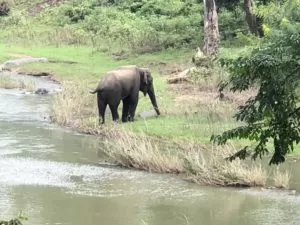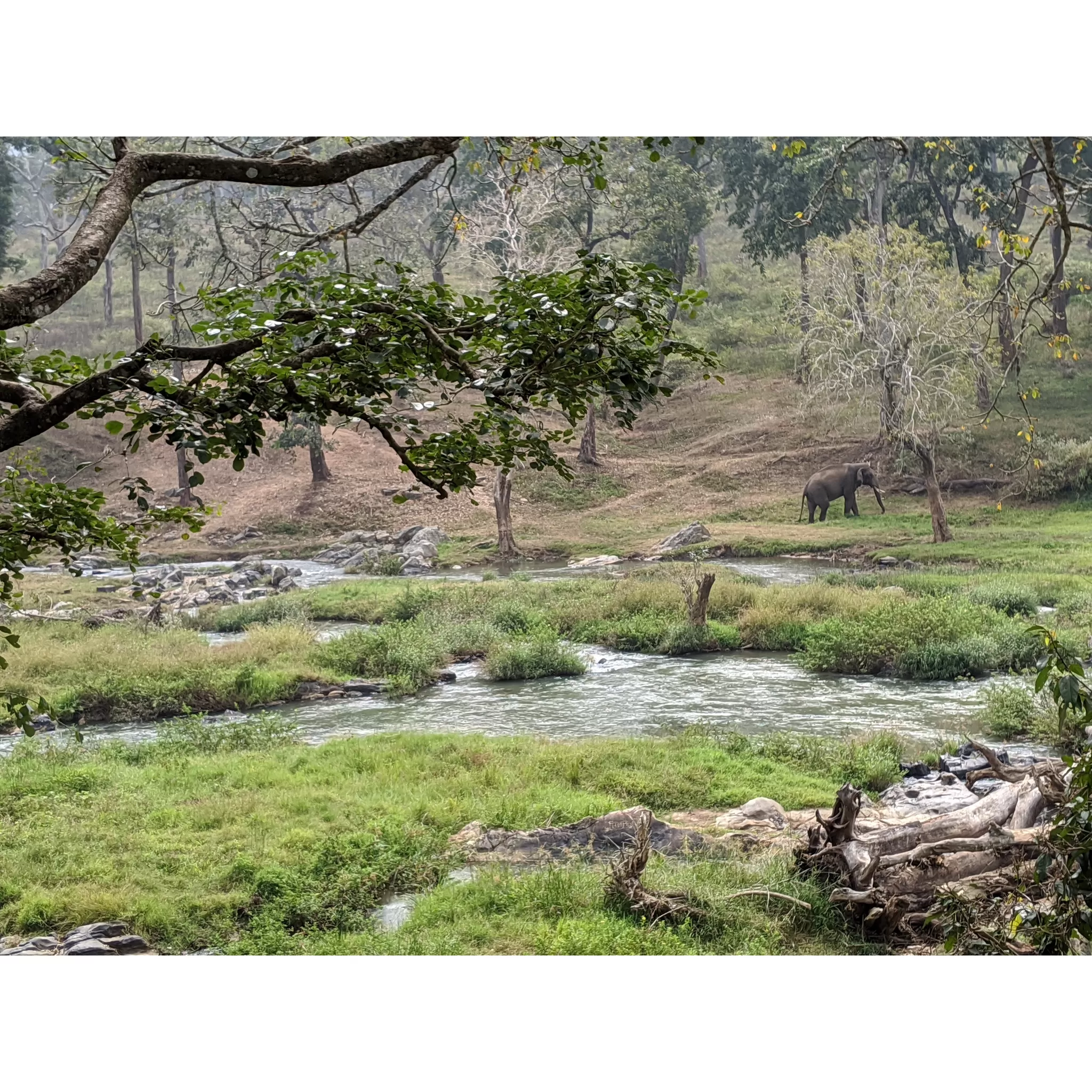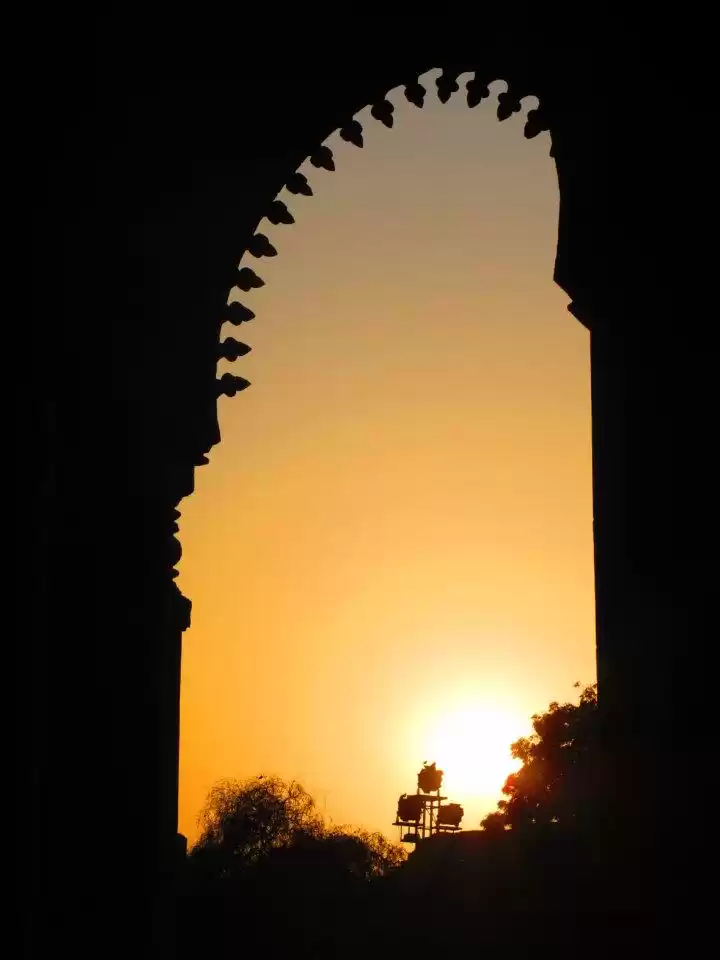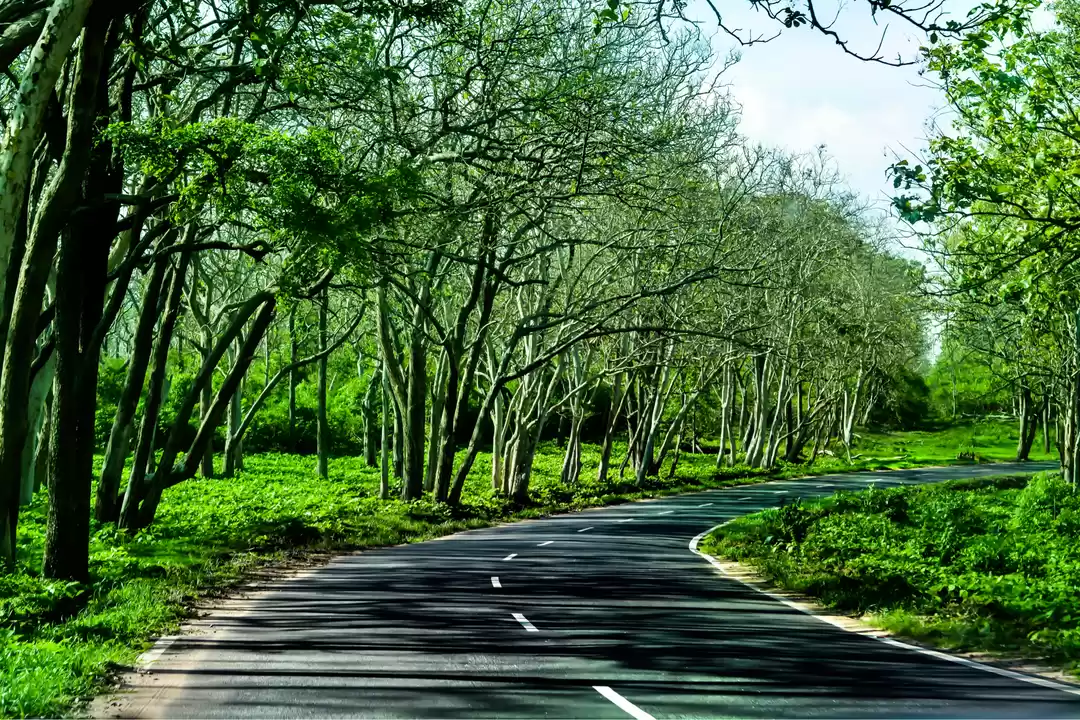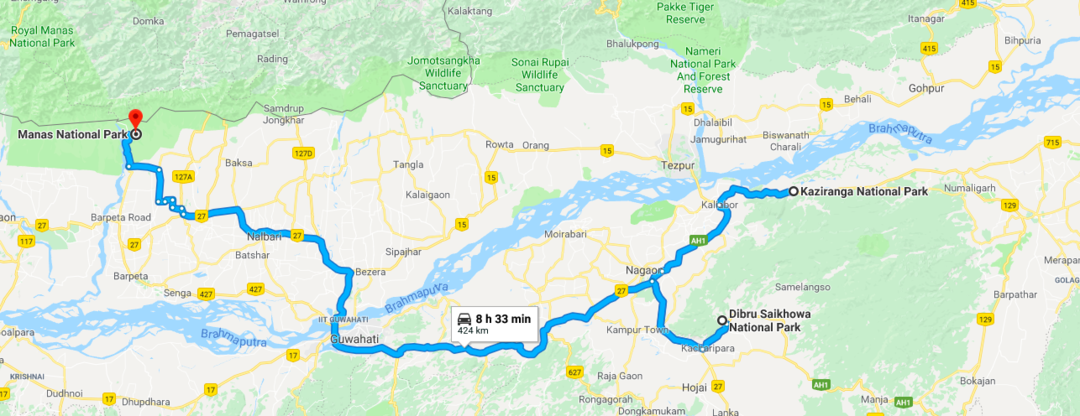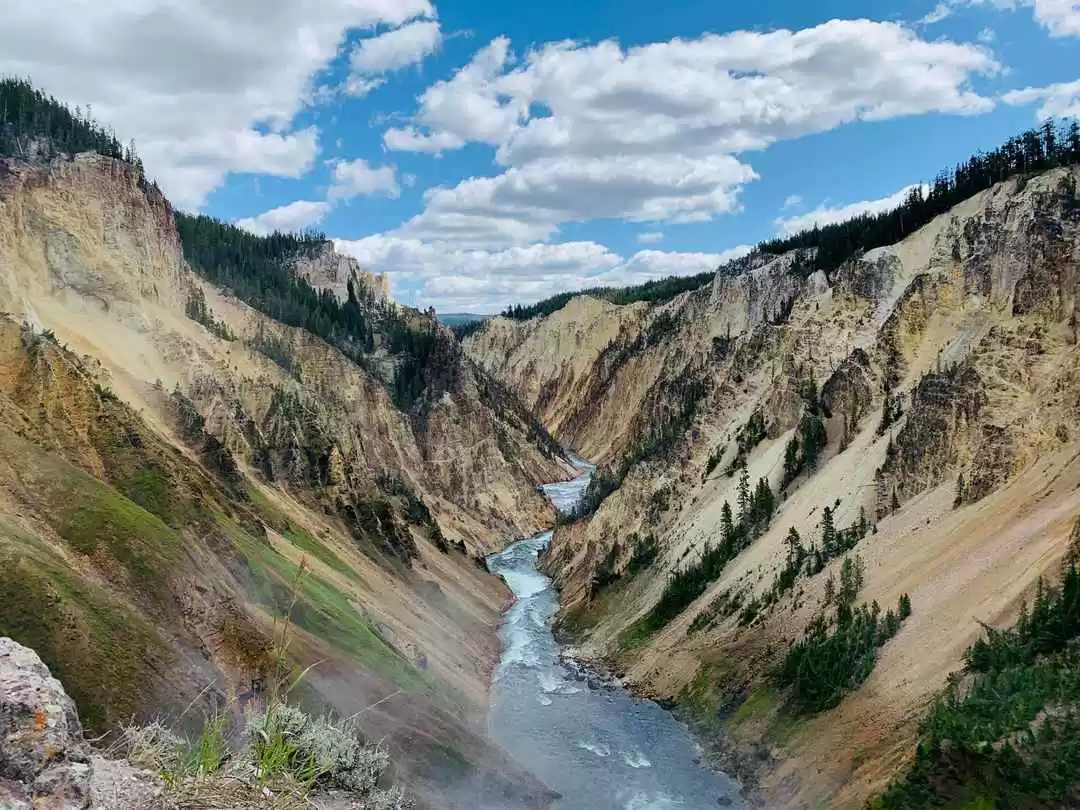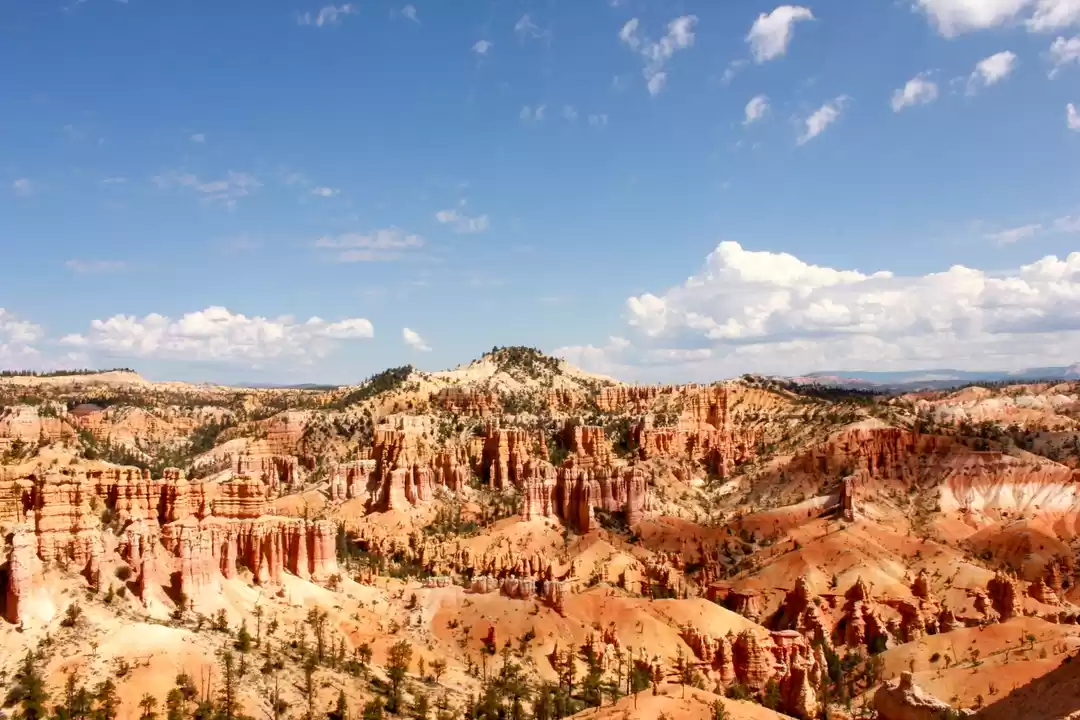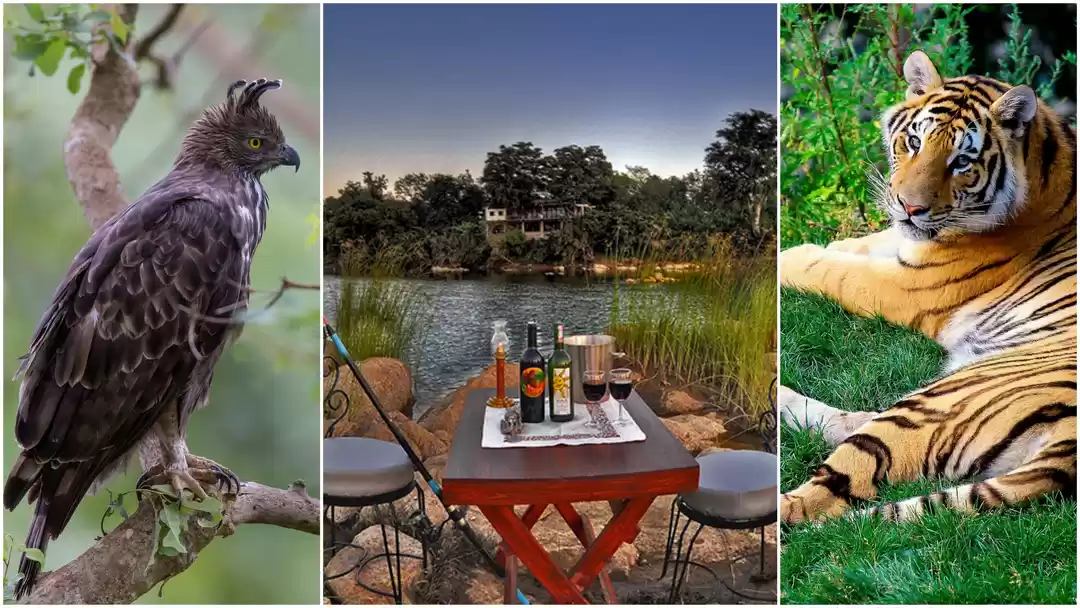Have you ever dreamed of exploring a tropical forest full of exotic and endangered animals? Do you want to experience the thrill of spotting a majestic tiger, a graceful elephant, or a colorful peacock in their natural habitat? If yes, then you should definitely visit the Mudumalai National Park in Tamil Nadu.
Mudumalai National Park is one of the oldest and most biodiverse wildlife sanctuaries in India. It covers an area of 321 square kilometers and is part of the Nilgiri Biosphere Reserve, which also includes the Bandipur National Park, the Nagarhole National Park, and the Wayanad Wildlife Sanctuary. The park is located in the Nilgiri Hills, which are part of the Western Ghats, one of the world’s biodiversity hotspots.
The park is home to a variety of animals, plants, and birds, some of which are endemic to the region. You can find over 50 species of mammals, 200 species of birds, 25 species of reptiles, 15 species of amphibians, and 50 species of fishes in the park. Some of the most notable animals that inhabit the park are the Bengal tiger, the Indian elephant, the Indian leopard, the gaur, the sloth bear, the striped hyena, the dhole, the sambar deer, the chital deer, and the nilgiri langur. The park also boasts of a rich flora that includes tropical moist deciduous, tropical dry deciduous, and tropical dry thorn forests.
The park is not only a wildlife lover’s paradise but also a scenic and serene destination that offers stunning views of the mountains, valleys, rivers, and waterfalls. You can enjoy various activities and attractions in the park such as safaris, trekking, camping, birdwatching, photography, and sightseeing. You can also learn about the history and culture of the park and its surrounding areas.
In this article, we will tell you everything you need to know about visiting the Mudumalai National Park. We will cover topics such as history and culture, wildlife and biodiversity, activities and attractions, best time to visit, accommodation options, and how to reach. By the end of this article, you will be ready to plan your trip to this amazing destination.
History and Culture
The Mudumalai National Park has a rich and fascinating history that dates back to ancient times. The name Mudumalai means “ancient hills” in Tamil and reflects the age-old nature of the region. The park was once part of the kingdom of Mysore and was used as a hunting ground by the royals. The park was also inhabited by various indigenous tribes such as the Todas, the Kotas, the Irulas, and the Kurumbas who have their own unique culture and traditions.
The park was declared as a wildlife sanctuary in 1940 by the then Madras Presidency under British rule. It was one of the first sanctuaries in South India and aimed to protect the wildlife from poaching and habitat loss. The park was later upgraded to a national park in 1990 under the Wildlife Protection Act of 1972. In 2007, it was declared as a tiger reserve under Project Tiger to conserve the endangered Bengal tiger population.

The park has faced several challenges and controversies over the years due to human-animal conflicts, illegal logging, mining, encroachment, and resettlement issues. The park has also witnessed several conservation efforts and initiatives by the government, NGOs, and local communities to protect and restore the natural balance of the ecosystem.
The park is not only a natural wonder but also a cultural heritage that showcases the diversity and harmony of the people and the wildlife. You can learn more about the history and culture of the park by visiting the Theppakadu Elephant Camp, the Moyar River Gorge, the Kallatty Falls, and the Ooty Botanical Gardens. You can also interact with the local tribes and witness their lifestyle, customs, and crafts.
Activities & Attractions In Mudumalai
Some of the activities and attractions that you can enjoy in the Mudumalai National Park are:

Safaris:
One of the best ways to explore the park and see the wildlife is by taking a safari. You can choose from different types of safaris such as bus safari, jeep safari, elephant safari, and van safari. Each safari has its own advantages and disadvantages, depending on your budget, preference, and availability.
The safaris are conducted by the forest department and are available at different timings and charges. You can book your safari online or at the park entrance. The safaris usually last for an hour and cover a distance of about 15 kilometers. You can expect to see animals such as elephants, deer, gaur, monkeys, and if you are lucky, tigers and leopards.
Trekking:
If you are an adventure lover, you can also opt for trekking in the park. Trekking is a great way to experience the nature and beauty of the park at your own pace. You can choose from different trekking routes that vary in difficulty and duration. Some of the popular trekking routes are the Moyar River Trail, Kallatty Falls Trail, Mudumalai Watchtower Trail, and the Theppakadu Elephant Camp Trail. You can also hire a guide or join a group to make your trekking more safe and enjoyable. You will need to obtain a permit from the forest department before trekking in the park.
Camping:
Another exciting activity that you can try in the park is camping. Camping is a fun way to spend a night or two in the wilderness and get closer to the wildlife. You can pitch your own tent or rent one from the forest department or private operators. You can also enjoy a campfire, barbecue, and star gazing at night. You will need to follow some rules and regulations while camping in the park such as not littering, not making noise, not feeding or disturbing the animals, and not venturing out of the designated areas.
Birdwatching:
If you are a bird lover, you will be delighted by the variety and abundance of birds in the park. The park is a haven for birdwatchers as it hosts over 200 species of birds, some of which are endemic to the region. You can spot birds such as peacocks, hornbills, woodpeckers, parakeets, eagles, owls, kingfishers, and many more. You can also hear their melodious calls and songs throughout the day. You can use binoculars, cameras, or guides to enhance your birdwatching experience.
Photography:
If you are a photography enthusiast, you will find plenty of opportunities to capture some amazing shots in the park. The park offers a stunning backdrop for photography with its lush greenery, scenic landscapes, diverse wildlife, and colorful birds. You can also experiment with different angles, lighting, and filters to create some unique and artistic images. You will need to carry your own equipment and accessories for photography in the park.
Sightseeing:
If you want to see some of the other attractions near the park, you can also go for sightseeing. There are many places of interest around the park that you can visit such as Ooty, Coonoor, Kotagiri, Masinagudi, and Bandipur.
These places offer a variety of attractions such as hill stations, tea gardens, waterfalls, lakes, temples, museums, and markets. You can also enjoy some activities such as boating, fishing, hiking, shopping, and eating. You can hire a taxi, a bus, or a bike to travel to these places from the park.
How to Reach
Mudumalai National Park is well connected by road, rail, and air from different cities and states. You can choose the mode of transport that suits your convenience, budget, and preference. Here are some of the ways to reach the park:

By Road:
The park is accessible by road from various nearby towns and cities such as Ooty, Coimbatore, Mysore, Bangalore, and Chennai. You can take a bus, a taxi, or a self-drive car to reach the park. The nearest bus stand is at Theppakadu, which is about 10 kilometers from the park entrance. The road journey is scenic and enjoyable as you pass through the Nilgiri Hills and the forest areas.
By Rail:
The park is also reachable by rail from major railway stations such as Coimbatore, Mysore, Bangalore, and Chennai. You can take a train to Udhagamandalam (Ooty) or Coimbatore and then take a bus or a taxi to the park. The nearest railway station is at Udhagamandalam, which is about 64 kilometers from the park. The rail journey is also pleasant and relaxing as you witness the beauty of the hills and the tea gardens.
By Air:
The park is also accessible by air from domestic and international airports such as Coimbatore, Bangalore, and Chennai. You can take a flight to Coimbatore and then take a bus or a taxi to the park. The nearest airport is at Coimbatore, which is about 160 kilometers from the park. The air journey is fast and convenient as you save time and hassle.
You may also like to read: National Parks in Tamil Nadu For A Thrilling Wildlife Adventure

Best Time to Visit
The best time to visit Mudumalai National Park is from December to June and from September to October. These months offer pleasant weather, moderate rainfall, and a greater chance to spot tigers and other wildlife.
The park is also covered in lush greenery and offers stunning views of the mountains, valleys, rivers, and waterfalls. You can enjoy various activities and attractions in the park such as safaris, trekking, camping, birdwatching, photography, and sightseeing. You can also learn about the history and culture of the park and its surrounding areas.
Best Places To Stay Near Mudumalai National Park
If you are looking for some of the best places to stay near Mudumalai National Park, you have plenty of options to choose from. Depending on your budget, preference, and availability, you can find various types of accommodation such as resorts, hotels, guest houses, and camps. Here are some of the top choices for your stay:
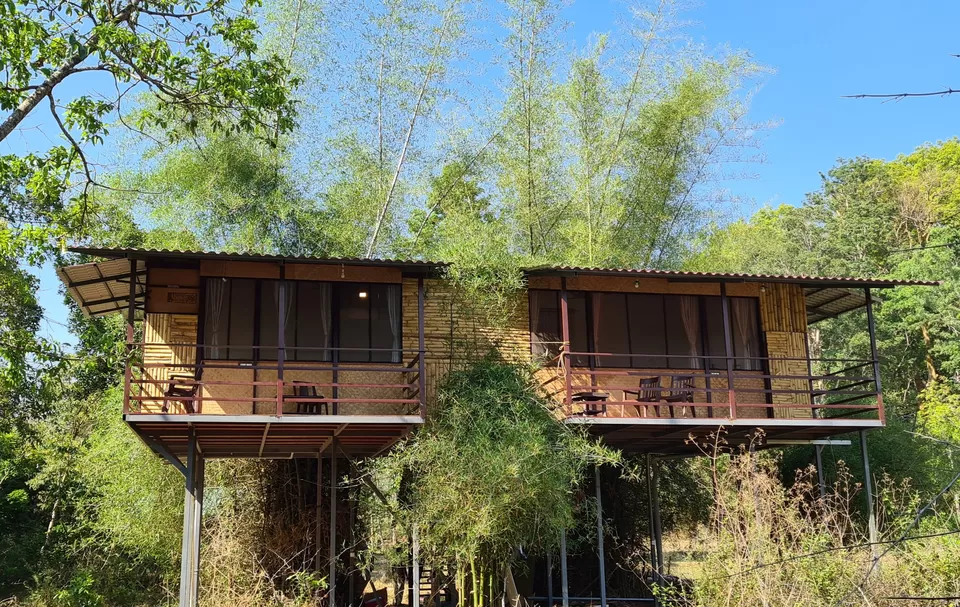
InnTheWild:
This is a 3-star resort that offers a real sense of wilderness with some of the animals like wild boars, deer, elephants, sambars, rabbits, langurs, bisons roaming around the property. The resort has 18 cottages that are spacious and comfortable with all the basic amenities. You can also enjoy a campfire, barbecue, and star gazing at night.
Palm Resort:
This is a 2-star resort that is located close to the park entrance and offers a panoramic view of the mountains and the forest. The resort has 12 rooms that are cozy and clean with all the essential facilities. You can also enjoy a swimming pool, a restaurant, and a garden.
Bamboo Banks Farm Guest House:
This is a 4-star guest house that is situated on a 40-acre farm and offers a serene and relaxing atmosphere. The guest house has 7 cottages that are well maintained and furnished with all the modern amenities. You can also enjoy a horse riding, fishing, cycling, and birdwatching.
Also check out: A Literal Encyclopedia To Exploring 11 Gorgeous Forests Of India On Foot
Mudumalai National Park is a wildlife paradise in Tamil Nadu that offers a unique and unforgettable experience for nature and adventure lovers. The park is one of the oldest and most biodiverse wildlife sanctuaries in India that is home to a variety of endangered and exotic animals, plants, and birds. The park is also a scenic and serene destination that offers stunning views of the mountains, valleys, rivers, and waterfalls.
It is a place where you can witness the beauty and harmony of the natural world and create some memorable moments with your friends and family.
So, what are you waiting for? Plan your trip to Mudumalai National Park today and get ready for an amazing adventure.








